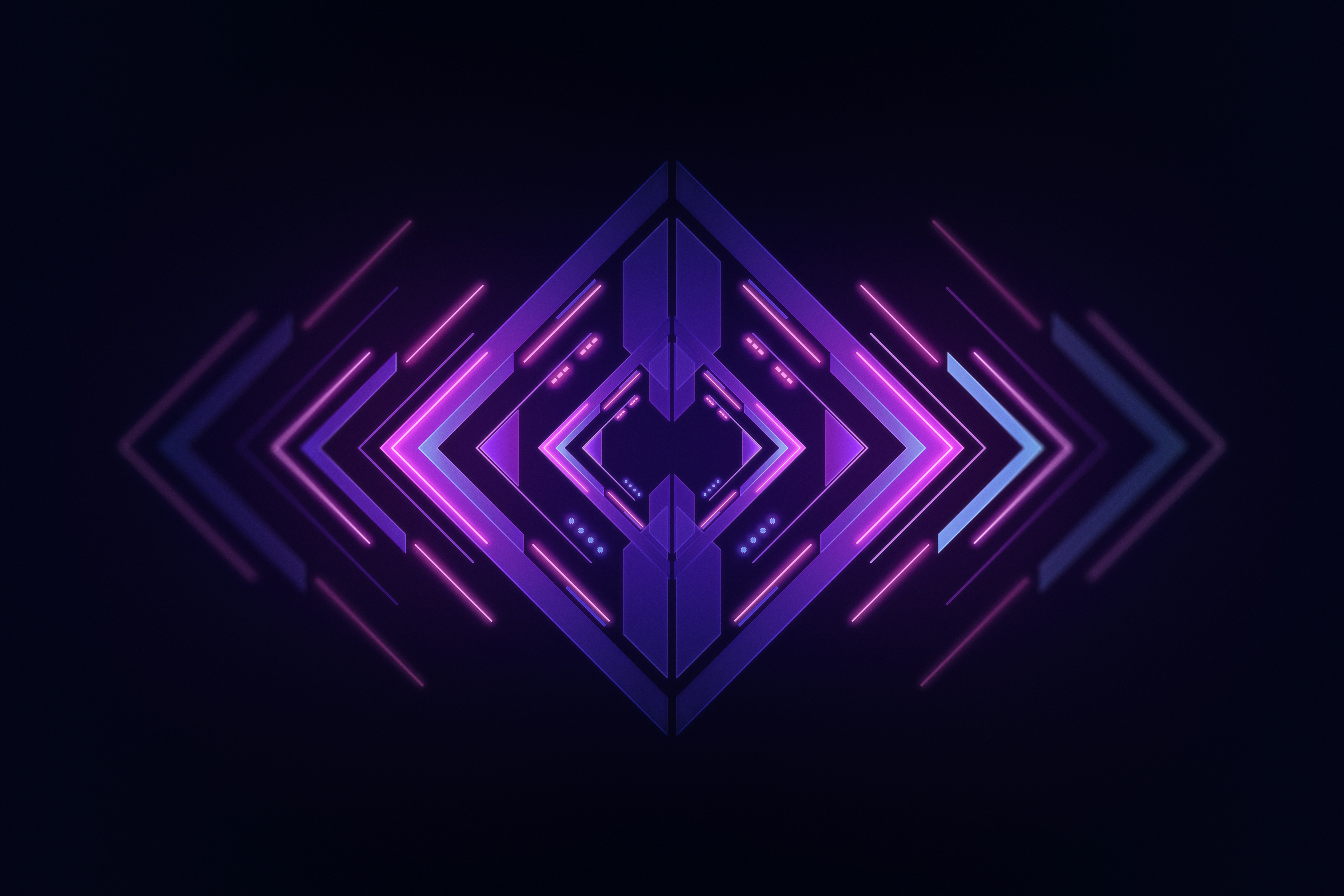
As we move deeper into a hyper-visual digital age, graphic design continues to evolve—blurring the lines between functionality, emotion, and storytelling. The trends emerging in 2025 reflect a shift toward human-centered aesthetics, bold experimentation, and intentional simplicity. Whether you're building brand identities or digital visuals, understanding these trends helps create work that’s both relevant and timeless. Here’s what’s defining the visual language of 2025.
Quiet Luxury Meets Graphic Design
Simplicity is no longer seen as empty—it’s perceived as elevated. Minimalist design with high-end finishes, neutral color palettes, and refined typography is dominating premium brands. Inspired by fashion and architecture, this “quiet luxury” aesthetic communicates confidence without shouting.
Maximalism Is Back—but Smarter
While minimalism still leads in certain sectors, a new wave of curated maximalism is making space for vibrant colors, dense layouts, and experimental type. The key difference? It’s intentional. Every chaotic element has structure, creating visuals that are both expressive and calculated.
Character-Led Branding
In 2025, mascots, illustrated characters, and playful icons are reshaping brand identities—especially in the DTC and kids’ markets. These elements offer emotional connection and make branding more memorable, interactive, and human.

Retro-Tech Visuals
Nostalgia is evolving. Think 2000s gradients, old-school UI elements, pixelated overlays, and flash-era animations. Retro-tech is no longer kitsch—it’s clever, combining sentimentality with modern relevance to create brand identities that feel both familiar and fresh.
Modular Layouts for Cross-Platform Branding
Designs now need to flex across web, mobile, packaging, and print—seamlessly. Modular grids, adaptable logo systems, and variable typography are essential in 2025. Flexibility is not just a bonus—it’s a foundational requirement.

AI-Augmented Creativity
AI is not replacing designers—but it is reshaping the process. From idea generation to image refinement and automated mockups, designers are blending AI tools into their workflow while maintaining strong creative direction. The trend? Tech-assisted craft, not tech-dominated design.



